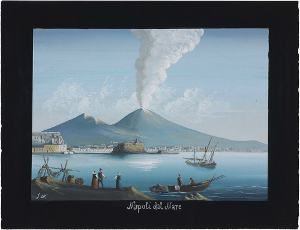Speaker
Ms
Dorothea Samtleben
(NIKHEF, Amsterdam)
Description
ANTARES, the largest underwater neutrino telescope in the Northern Hemisphere, has been continuously operating since 2007 in the Mediterranean Sea. The transparency of the water allows for a very good angular resolution in the reconstruction of signatures of interactions from neutrinos of all flavors. This results in unprecedented sensitivity for neutrino source searches in the Southern Sky at TeV energies, so that valuable constraints can be set on the origin of the cosmic neutrino flux discovered by the IceCube detector.
Other physics topics are addressed as well, that include e.g. setting constraints on dark matter from a search of neutrinos from potential dark matter annihilation in massive objects like the Sun and the Galactic Center.
Building on the successful experience of ANTARES the next generation KM3NeT neutrino telescope is now under construction in the Mediterranean Sea to significantly boost the sensitivity. Two detectors with the same technology but different granularity are under construction at two sites and will focus on high energy cosmic neutrinos (ARCA with Gton
instrumented volume, offshore Capo Passero, Italy) and on atmospheric neutrinos at low energies down to a GeV to address atmospheric neutrino oscillations (ORCA with Mtons instrumented volume, offshore Toulon, France). With the completed KM3NeT/ARCA detector the cosmic IceCube neutrino flux can already be observed within a year of operation at 5 sigma level and the current estimates show that most promising galactic sources are detectable at 3
sigma level within five years. The connections to external observatories as existing for ANTARES already will be further expanded for KM3NeT and contribute to optimally exploit multi-messenger information.
The presentation will provide an overview on the newest results from Antares and an outlook towards the exciting science potential of KM3NeT.
Primary author
Ms
Dorothea Samtleben
(NIKHEF, Amsterdam)

